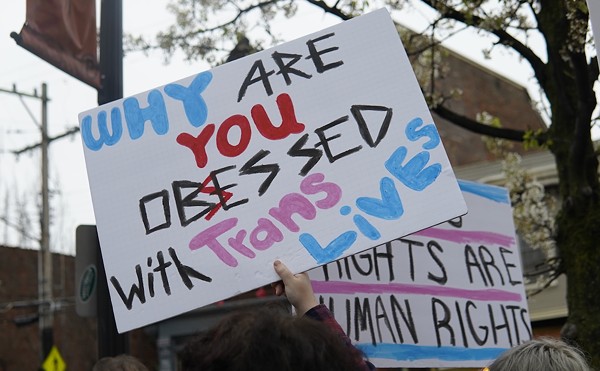It might cost Cincinnati more to issue debt following a credit rating downgrade by Moody’s. In a report released on July 15, the credit ratings agency downgraded the city’s general bonds from Aa1 to Aa2 and revised the bonds’ outlook to “negative.”
“The negative outlook reflects the expectation that the city will continue to face challenges in attaining structurally balanced operations, stemming from its unfunded pension liabilities and reliance on a number of one-time budgetary solutions in recent years,” the report reads.
In a memo to the mayor and City Council, City Manager Milton Dohoney put the blame on Moody’s methodological changes that now account for state pension funds that Cincinnati has no direct control over. Specifically, Moody’s now looks at the state-managed Ohio Public Employees Retirement System (OPERS) and Ohio Police and Fire Retirement System (OP&F) when scoring Cincinnati, instead of just the Cincinnati Retirement System (CRS), which the city directly operates.
“It is important to note the Ohio Revised Code provides the percentage each employer pays into OPERS and OP&F as its contribution. The City has paid 100 (percent) of this contribution each year as required. The City has no ability to impact the unfunded liability of OPERS or OP&F,” Dohoney wrote in the memo.
Still, some of the blame lies on the city’s pension fund, which is lacking a long-term strategy for sustainability, according to Moody’s.
The CRS board is currently looking at scenarios to address the city’s long-term liabilities. Its next meeting is on Aug. 1, and it could produce changes that would be presented to City Council, according to the city manager’s memo.
The report also takes issue with the city’s repeated use of one-time sources to fix budget gaps. Since 2001, the city’s annual operating budgets have used one-time sources instead of achieving structural balance with long-term cuts and sources of revenue.
Critics argue the one-time sources only delay fiscal woes instead of permanently fixing the budget shortfalls. Supporters claim the one-time methods allow the city to balance its budget without taking austere measures that would lead to city layoffs and hurt growth while the economy is in recovery.
Moody’s also claims the city has relatively weak socioeconomic indicators, particularly resident income levels and historical unemployment rates.
The report from Moody’s does give Cincinnati some good credit, citing a “pressured but still satisfactory financial position,” the recent stabilization of earnings taxes, financial flexibility provided by an available but untapped levy authority, the city’s economically diverse population and an above-average debt position.
Bonds are typically issued when the city needs a temporary infusion of funds for capital projects, such as the Cincinnati streetcar.
Updated with more context.





